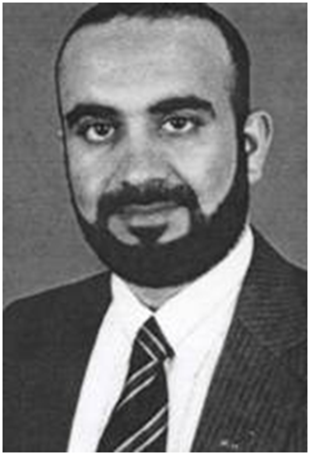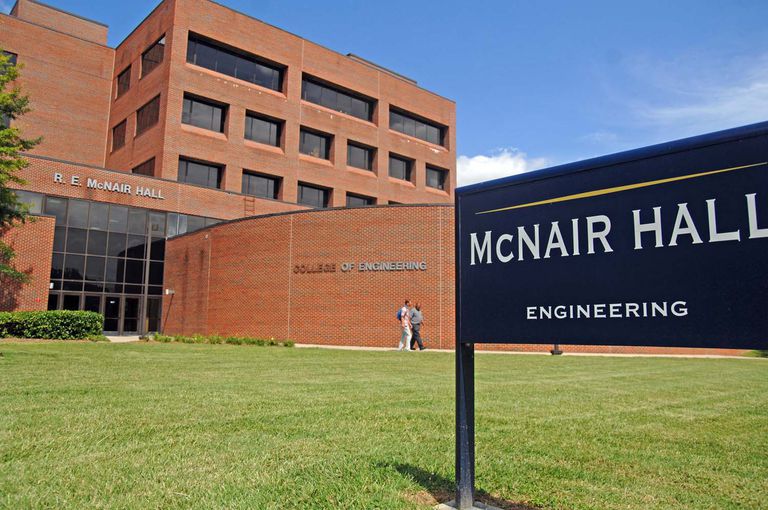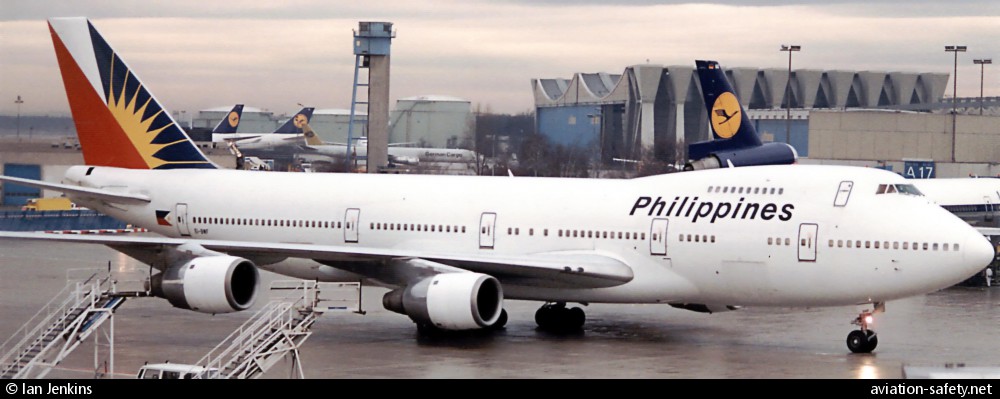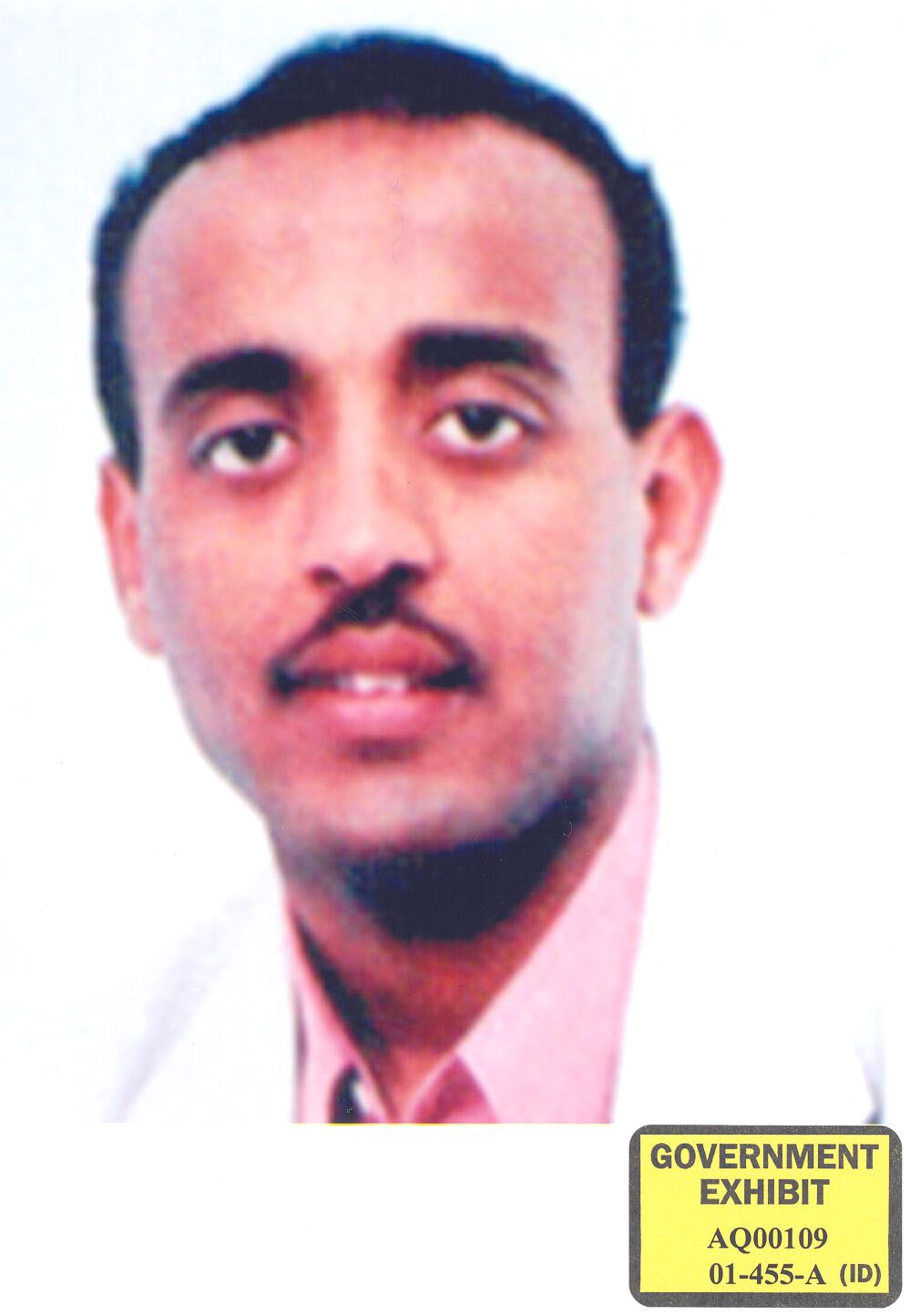In Dubai, Ali Abdul Aziz Ali (Ammar al-Baluchi) deposits $5,000 into the Citibank account of Saudi Hani Hanjour. Hanjour, who would fly the plane into the Pentagon on 9/11, was the last of the four pilots to come onboard with the plot and the only Saudi amongst the pilots.
Aziz Ali, a nephew of Khalid Sheikh Mohammed (and often called “Cousin Ali” by the other hijackers, was located in the United Arab Emirates, and thus was the secure (and less suspicious) financial link between al Qaeda and the hijackers in the United States (rather than KSM in Pakistan).
He was captured in a police raid in Karachi, Pakistan on April 30, 2003, and is now in Guantanamo Bay detention camp.




